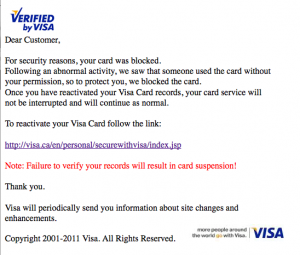One of our SEO and Website customers has spent the day lamenting once again the outsourcing of the bulk of their network infrastructure to an external contractor. Following a botched configuration change by the network supplier, their much depleted IT department spent the whole morning jury-rigging alternative network connections so that people in their headquarters could work. As this was the third or fourth attempt to implement this particular change, there is only one inescapable conclusion; it is getting near Christmas, and the pantomime season has started!
As an arms length Non Departmental Public Body, with a national IT supplier who can not be named for legal reasons, they have found that their costs have risen disproportionally, their service levels have deteriorated, and there is no opportunity for compensation in the event of a substantial loss of service. You may very well ask why they would have such a contract, but that is a question you should direct at your MP!
When you think about it, any contractor is going to put all their effort into winning the contract, and then use the duration of the contract to recoup that cost of the bidding process. Furthermore contractors have directors and shareholders to pay for, to say nothing about the desire to make a profit. That means cutting back on every cost that they can get away with, while charging over the odds for any additional services not included in the contract. The financial impact of this on the end users will depend on
- the service levels that the supplier is obliged to deliver
- the metrics used to measure the performance
- the strength of the enforcement regime of the authority
Needless to say, in the case of our beleaguered NDPB, the service levels do not apply to installations, moves and changes, there are no relevant performance metrics, except on the time taken to fix incidents, and of course the enforcement regime is woefully inadequate. Before you ask about the wisdom of entering into such a contract, it is worth pointing out that the unfortunate organization is NOT the customer, and had no input into the contract, which was awarded nationally. Queue earlier reference to directing why questions to your MP.
As it is possible to learn valuable lessons from any occurrence if you chose to, a quick analysis of the misfortune of our unfortunate subject can help with our own decisions. Any business with a plan to outsource its Information Technology should consider these inescapable conclusions:
- You inevitably deskill your technical staff, or lose them completely through TUPE or jumping ship
- No contracted out service ever included all the services actually provided by your in-house team
- When something goes wrong your business bears the risk, not the supplier
Carl Sagan observed in “Bringing Science Down to Earth”:
We live in a society absolutely dependent on science and technology and yet have cleverly arranged things so that almost no one understands science and technology. That's a clear prescription for disaster.
Carl Sagan
There are countless examples of Private Finance Initiatives (PFI) where the tenants are paying way more than they need to for sub-standard service. There are contracted out IT services where the organization has transferred all its skilled staff to the contractor, only to have to replace them at additional cost to make up for inadequacies in the provision. Then of course there is a growing catalog of late, over budget and failed government IT projects, all outsourced to private sector contractors. Despite all these lessons, somehow there are still people who think that outsourcing can save money and is a good idea!
The next time you start to think about outsourcing your local area network support and network infrastructure to a faceless third party organization, remember that poor unfortunate NDPB. There is no such thing as a free lunch!

